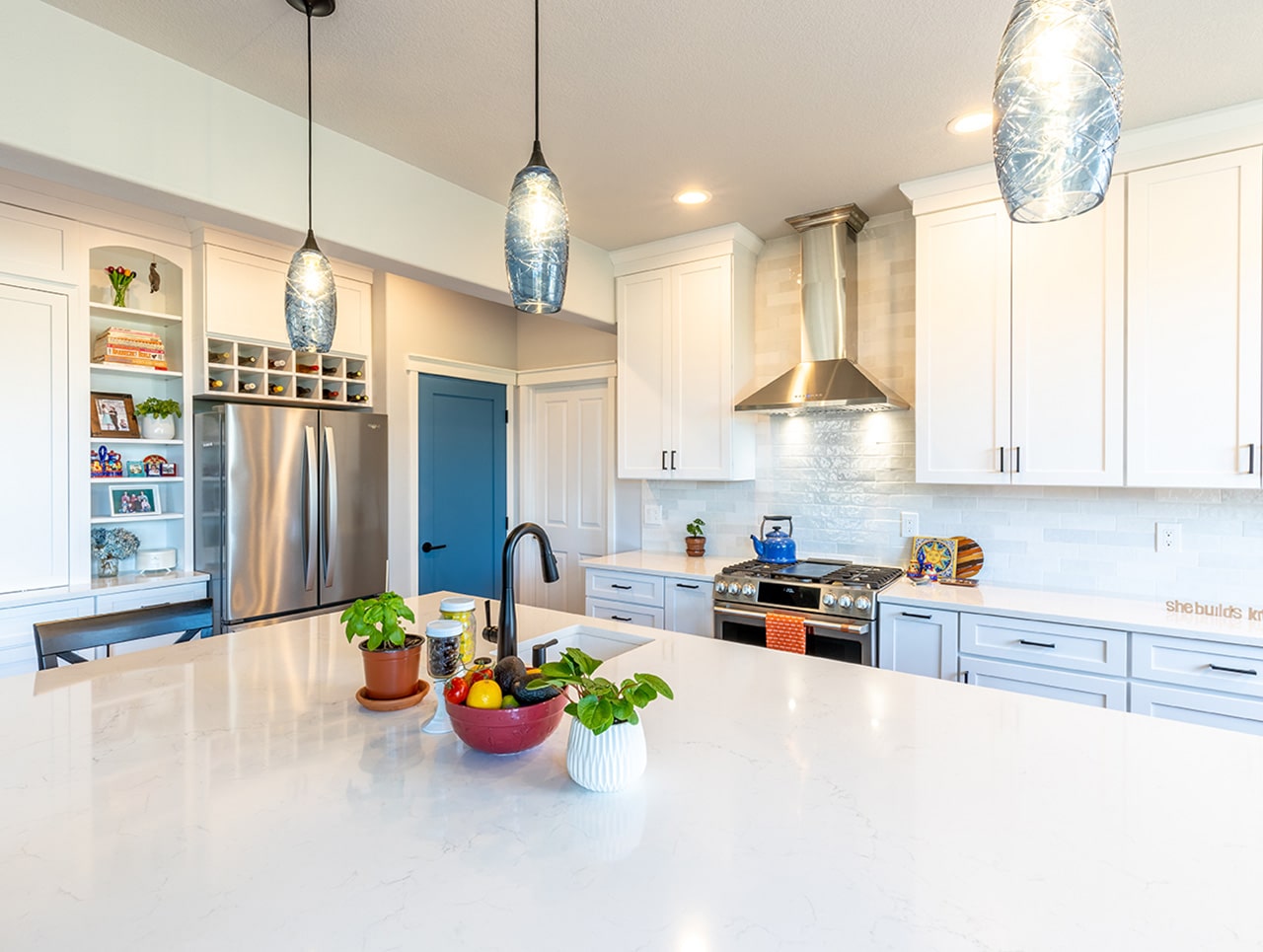Another common renovation misconception goes like this: “I want to avoid being charged the Contractor’s markup, so I plan to buy all my own renovation materials.”
This sounds logical, but it’s actually a misconception. The overhead or cost of doing business for a General Contractor is consistent no matter who buys the materials. Staffing, leases, vehicle and property insurance, fuel, vehicle maintenance, security, signage, sales materials, tools, licenses and permits are expenses that all still need to be paid for. A client purchasing their own materials does not negate any of these costs.
The result? A client who purchases their own materials will still be charged an “overhead” fee.
Clients tend not to foresee that buying their own materials can actually result in wasted money and construction delays.
Consider some possible examples:
Example one: “Hey Laurel, I found a GREAT deal on a farmhouse sink! It’s in my truck right now!”
Risk: Cabinets were ordered 3 months ago from the design the client signed off on and approved. The cabinet design includes an undermount sink, one that fits a 33” cabinet. The new farmhouse sink is a drop-in sink (sits on top of the counter) and is far too big for the space.
Result: It won’t fit. Another sink will need to be purchased. Lost time and money.
Example two: “Hey Laurel, I got some tile that was on closeout at Home Depot! Isn’t this pattern cool?!”
Risk: Unfortunately the client didn’t buy enough tile for the project and since it’s a close-out there’s no additional tile available.
Result: We have to purchase different tile in the correct quantity for the project. The converse can also be true when the client purchases too much tile. This can be quite expensive. Ceramic tile runs $10-30/sq ft with hand-crafted tile running $50/sq ft. If the client bought too much and it can’t be returned, the cost can be high.
Some materials also run into dye lot issues. When we purchase materials all at once we can generally assure it is coming from the same dye lot, meaning the hue and coloration will be the same. If we have to re-order due to a miscalculation, like the above example, materials may arrive from a different dye lot. Even if the difference is only nuanced, it’s best to avoid the problem by ordering the correct quantity the first time.
Example three: “Hey Laurel! I got a fancier dishwasher than the one we discussed during the design process.”
Risk: The new dishwasher requires a different plumbing setup than what was designed for before the cabinets were ordered and/or installed.
Result: The cabinets may need to be adjusted (moved or holes cut) or walls opened to adjust plumbing, valves, etc. While this can all be done it costs additional money for the client and can result in construction delays.
Situations like these are stressful for everyone. It’s best to allow the Design Team to handle all the ordering. This way we can ensure all the product quantities and measurements agree with the approved design elements. The Design Team’s expertise can help avoid construction delays and unnecessary costs for the client.

